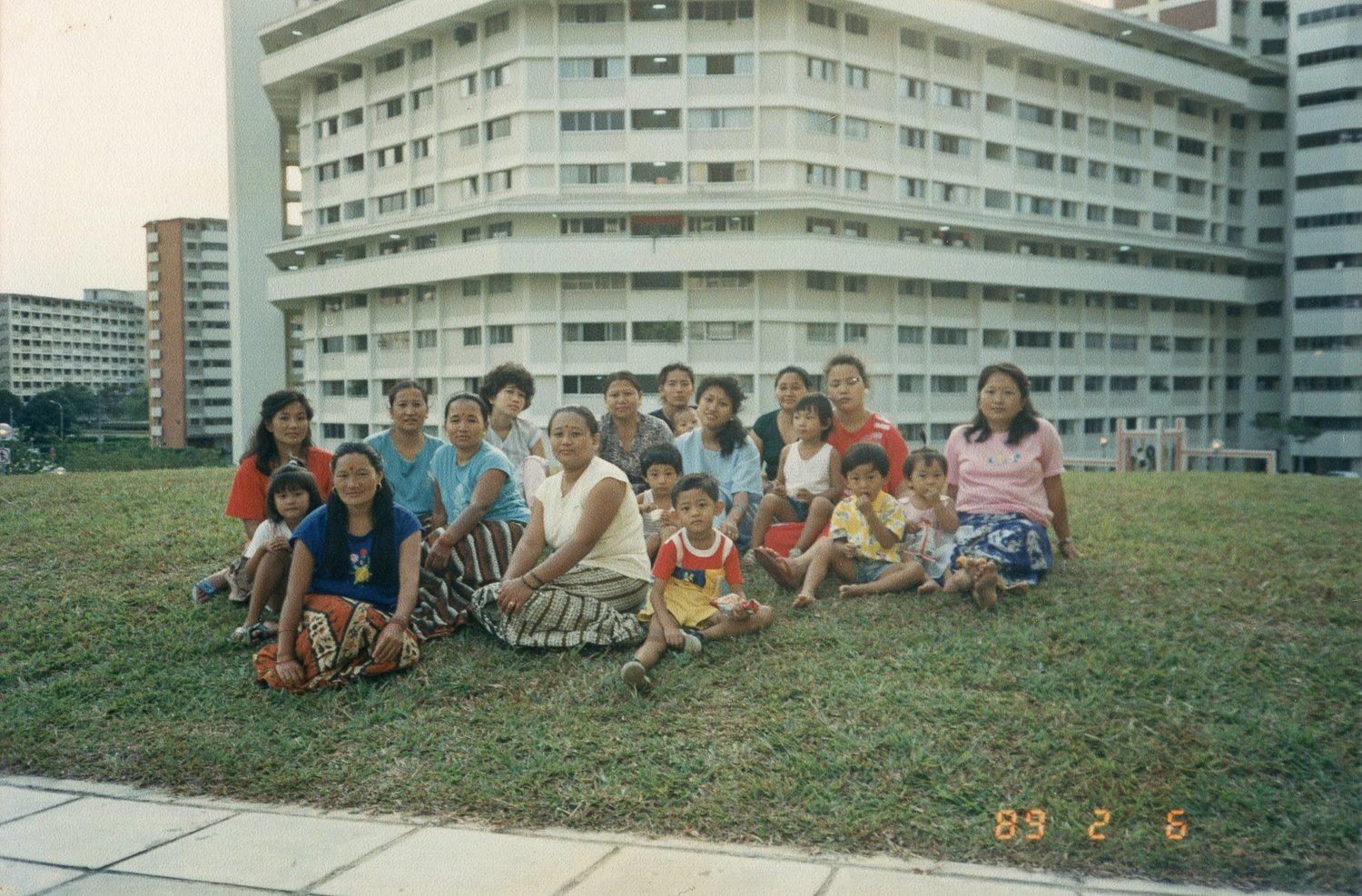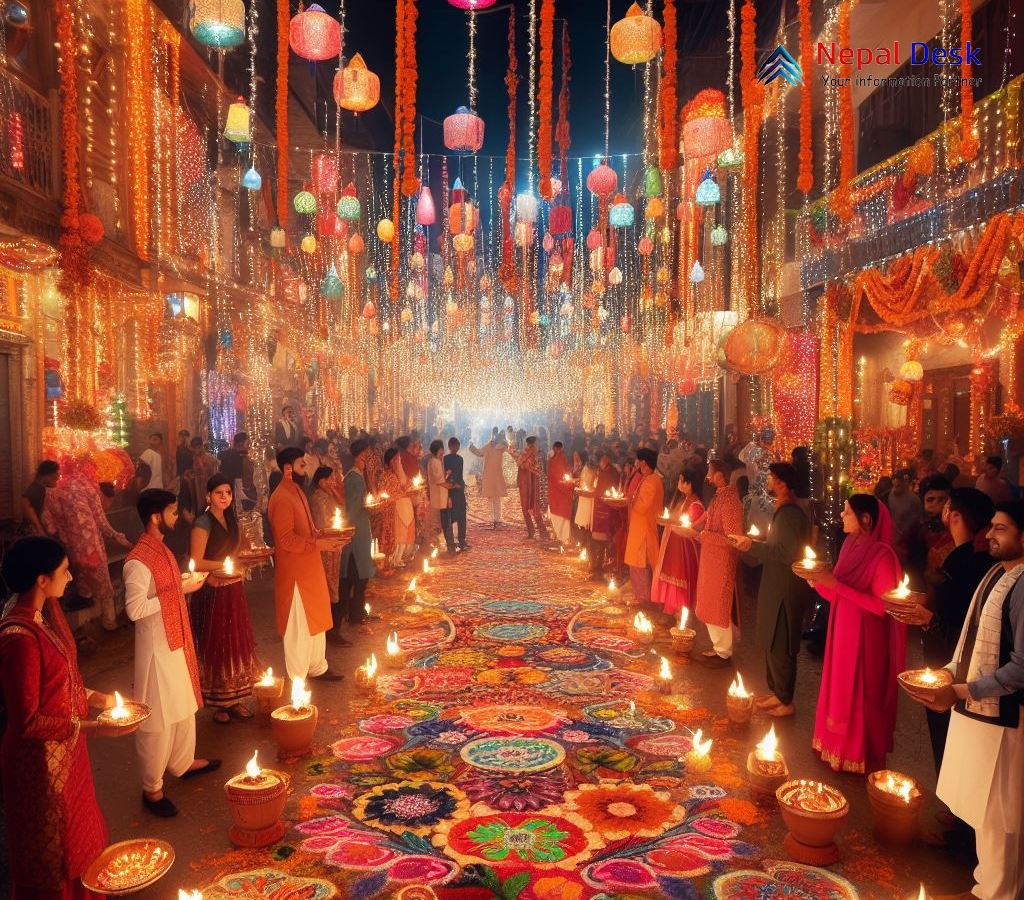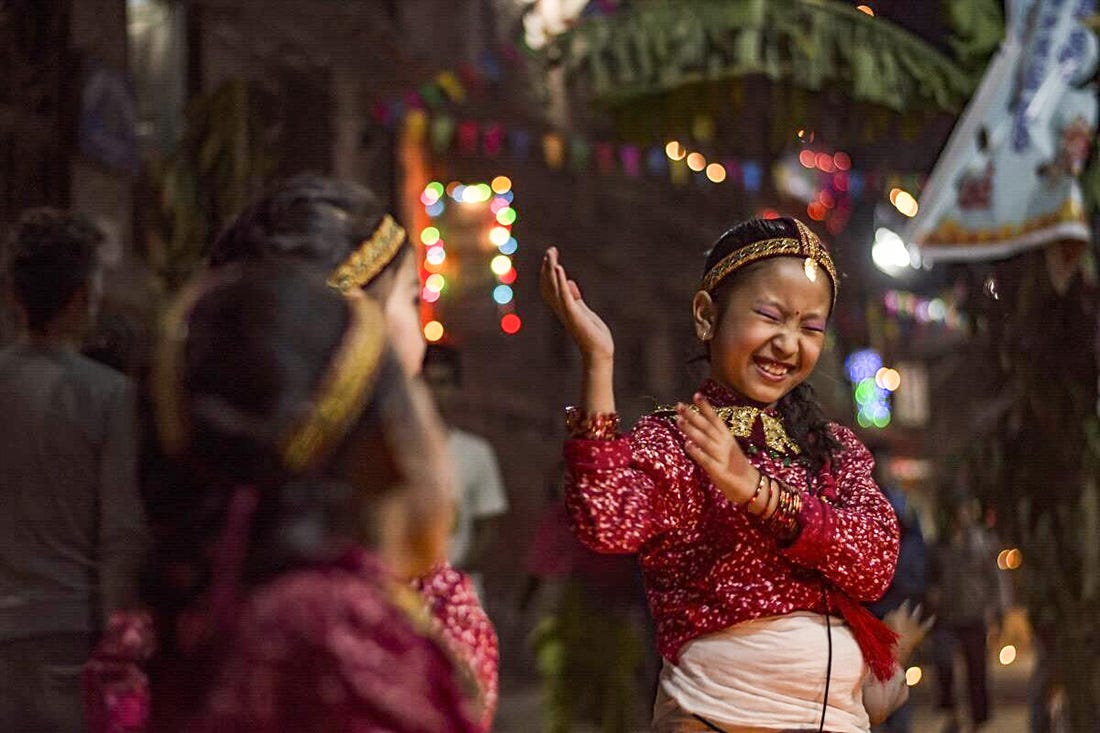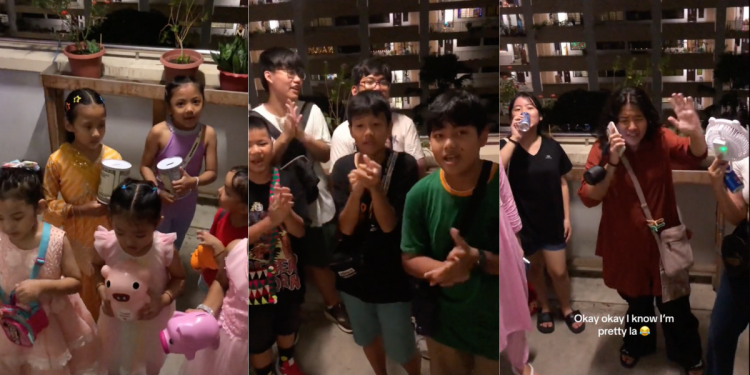A charming video has been circulating on TikTok showing Nepali children residing in the Gurkha Contingent housing celebrating Tihar. In it, the adorable children are performing traditional Nepalese folk songs, known as Deusi, in exchange for gifts of money. The comments joked about how the kids always ensure to sing “Aunty pretty, deusi re” to increase their spoils.
@julesthapa GC Bhailo Day 2 🪔 Intro: Yearly Nepalese Festival where kids go around different houses in GC (Gurkha Contingent) and collect money for singing and dancing 💃🏻 🕺
The existence of the Gurkha Contingent housing (known as Mount Vernon Camp) surprised many, as most were of the assumption that those who served left their families back home in Nepal. One user commented, “Wow, i only know about this now. Thought the Gurkhas work here leaving their family behind.”

What is the Gurkha Contingent?
The Gurkha Contingent is a special guard force under the Singapore Police Force, predominantly composed of Nepalis. Following India’s independence, an agreement with the British divided the Gurkha regiments between both armies. The Sikh units returned home to a free India. During the Anti-British National Liberation War (the Malayan Emergency), Gurkhas under the British Army replaced the Sikh units in Singapore (then Malaya).
“When I returned to Oxley Road [Lee’s residence], Gurkha policemen (recruited by the British from Nepal) were posted as sentries. To have either Chinese policemen shooting Malays or Malay policemen shooting Chinese would have caused widespread repercussions. The Gurkhas, on the other hand, were neutral, besides having a reputation for total discipline and loyalty.” – Lee Kuan Yew

The Gurkha were perceived as neutral as they did not belong to any of the major racial groups in the area (Chinese, Malay, and Indian). Regarded as some of the fiercest fighters, they are easily identifiable with their titled hat (terai hat) and khukuri (large curved knife).
“If a man says he is not afraid of dying, he is either lying or he is a Gurkha.” – Former Indian Army Chief of Staff, Sam Bahadur
Their most recent deployment was during the 2013 Little India riots, which took place after a bus ran over a construction worker, killing him.

What are they Celebrating?
The Hindu festival of Tihar, more commonly known as Diwali! Although there are many similarities between the Indian festival of Deepavali and the Nepali festival of Tihar, they are two distinctly separate celebrations.

While both are 5-day celebrations, the exact dates differ slightly. Four out of the five days of both, though, celebrate the same ideals, with the worship of the same gods. Devotees celebrating both festivals create rangoli outside their houses, light oil lamps, decorate their homes with electrical lights and set off firecrackers.
What are the Days of Tihar?
Day 1 – Kaag Tihar. Due to the belief that crows (kaag) are messengers to Yama, the god of death, devotees feed them to inaugurate Tihar, believing this to prolong one’s life and keep grief at bay.
Day 2 – Kukur Tihar. This day has become famous around the globe as the festival that celebrates dogs (kukur). People offer treats and worship dogs (both stray and domestic) on this day. This festival has gained so much international popularity that even Mexico held a celebration.
Day 3 – Gai Tihar. Gai means cow, an animal considered sacred in the Hindu religion. This day is the most important day of the 5. Worshippers harken Goddess Laxmi with lit diyos (oil lamps) and freshly cleaned houses. In the evening, people, chiefly children, go door-to-door singing Deusi and Bhailo, traditional Nepalese folksongs. Adults will then reward them with sweets and money.
Day 4 – Goru Puja. This day is for the worship of oxes. They enjoy an exalted status, parallel to cows, as they are considered sacred due to the manual labour they provide in agriculture. Deusi and Bhailo are performed on this day as well.
Day 5 – Bhai Tika. Brothers and sisters celebrate their bond on this day by worshipping each other and exchanging gifts. Sisters perform this ritual for the longevity of their brothers. The brothers shower them with gifts in return.

Traditionally, only Bhailo is performed on day four by girls and women, and boys and men perform Deusi on day five. Recently, as seen in the video, both groups sing on either one or both days.
It is heartening to see Nepali culture brought to Singapore, especially when it is this adorable to watch!
Since you have made it to the end of the article, follow Wake Up Singapore on Telegram!
Wake Up Singapore is a volunteer-run site that covers socio-political news in Singapore. If you would like to support Wake Up Singapore’s work, please do consider buying a mug or two!







